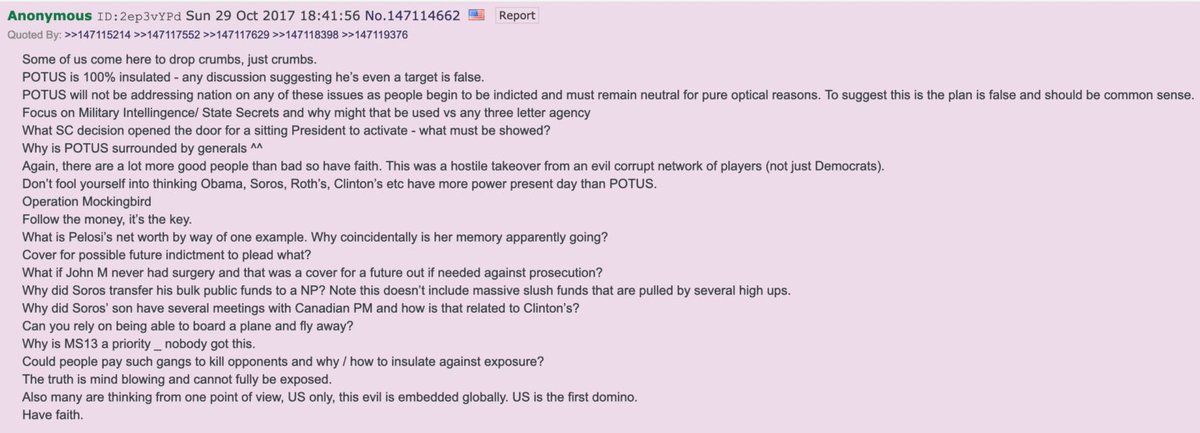
India’s coronavirus crisis continues to escalate as it becomes one of the most severely hit countries in the world to date.
In desperation, many are turning to social media sites such as Twitter to find medical resources bellingcat.com/news/2021/04/2…
In desperation, many are turning to social media sites such as Twitter to find medical resources bellingcat.com/news/2021/04/2…
These cries for help are poignant and heartbreaking.
But they also provide a window of observation into the speed of escalation of the crisis and the dangers Covid-19 still poses.
Hashtags such as #IndiaNeedsOxygen & #COVIDEmergency2021 have become commonplace
But they also provide a window of observation into the speed of escalation of the crisis and the dangers Covid-19 still poses.
Hashtags such as #IndiaNeedsOxygen & #COVIDEmergency2021 have become commonplace

During March, there were on average only five tweets per day (excluding retweets) containing the keywords “delhi” and “urgent”.
By April 21, this had increased to over 400, with a new request for help sent every 24 seconds late in the evening on April 22.
By April 21, this had increased to over 400, with a new request for help sent every 24 seconds late in the evening on April 22.

While #India also dealt with a significant coronavirus wave in 2020, social media data during that time period compared with the present shows that the current crisis is much more severe. 

Of course, Twitter is just one social media platform among many in India. But Google search trends tell a similar story. 

The number one Google search query related to “oxygen” was “oxygen cylinder on rent”. People also tried to find information on how to buy oxygen or oxygen machines and on “how to make oxygen at home”. 





This data, combined with the powerful personal posts of many Indians, offers a strong reminder that coronavirus is as present as ever, and just as deadly.
Read the full piece by @obtusatum and @Johanna_Wild bellingcat.com/news/2021/04/2…
Read the full piece by @obtusatum and @Johanna_Wild bellingcat.com/news/2021/04/2…
• • •
Missing some Tweet in this thread? You can try to
force a refresh








